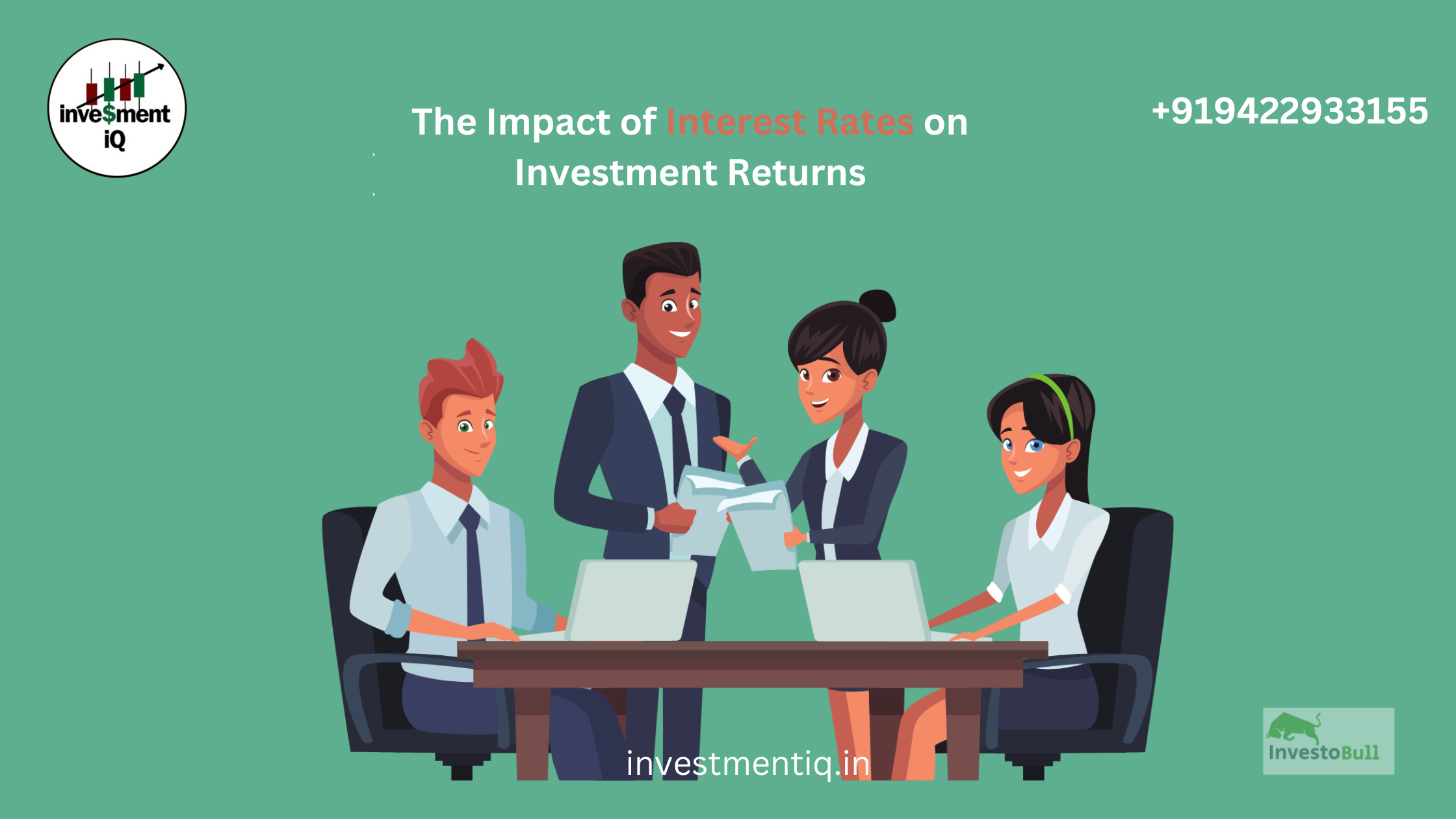Introduction
Interest rates are a powerful economic lever that can affect everything from borrowing costs to the performance of your investment portfolio. Whether you’re investing in bonds, stocks, or real estate, understanding how interest rate fluctuations impact your returns is essential for making smart financial decisions.
What Are Interest Rates?
Interest rates represent the cost of borrowing money, typically set by a country’s central bank (such as the Federal Reserve in the U.S. or RBI in India). These rates influence the economy by controlling inflation, credit availability, and economic growth.
How Interest Rates Affect Different Investment Types
1. Stocks
When interest rates rise:
- Borrowing becomes more expensive for companies, leading to lower profits
- Consumer spending may drop, affecting business revenue
- Stock prices can decline, especially in growth sectors like tech
When interest rates fall:
- Lower borrowing costs can boost corporate earnings
- Increased consumer spending can raise demand
- Stock prices often rise due to optimism
Tip: Defensive sectors (utilities, consumer staples) tend to perform better during rising interest rate periods.
2. Bonds
Bonds are inversely related to interest rates.
- Rising rates: Bond prices fall, as new bonds offer higher yields
- Falling rates: Bond prices rise, as existing bonds become more attractive
Example:
If you hold a bond with a 5% yield and new bonds offer 6%, your bond becomes less valuable in the secondary market.
Strategy: In rising rate environments, consider short-duration bonds to reduce interest rate risk.
3. Real Estate
Higher interest rates lead to:
- Increased mortgage rates
- Reduced affordability
- Lower real estate demand
Conversely, low-interest rates often spark a boom in the real estate market due to cheap borrowing.
4. Savings and Fixed Deposits
These benefit directly from higher interest rates, offering better returns to conservative investors.
However, their real return must be adjusted for inflation. If inflation is high and interest rates lag, your savings may still lose value in real terms.
Interest Rate Environment and Investment Strategy
| Interest Rate Trend | Suggested Investment Move |
|---|---|
| Rising Rates | Shift to value stocks, short-term bonds, dividend-paying equities |
| Falling Rates | Invest in growth stocks, long-term bonds, real estate |
| Stable Rates | Diversify with a balanced approach across all asset classes |
Global Factors That Influence Rates
- Inflation trends
- Central bank policies
- Geopolitical events
- Economic indicators (GDP, employment)
Staying updated with macroeconomic indicators can help investors prepare for rate changes and adjust strategies accordingly.
Conclusion
Interest rates play a key role in determining investment returns across asset classes. By understanding their influence, you can build a resilient portfolio that aligns with market trends and your financial goals. In 2025 and beyond, keeping an eye on central bank decisions and inflation data will be crucial for making well-informed investment choices.
What Is the Stock Market & How Does It Work?
Analyzing Market Trends with the Dark Cloud Cover Pattern




